If Kyoto still has a shadow of Japan.The history is longer than the thousand-year-old capital Kyoto. Nara was the birthplace of ancient Japanese civilization.

Nara has been preserved as an important religious city until now. Nara has many ancient temples and historical relics, and enjoys the title of "the capital of the temple". Tangzhao Temple



The Tang Zhaoti Temple was built under the auspices of the monk Jianzhen, and was built in 759 AD.It is a two-way venue for disseminating and studying the law of the Taoist Temple of Dongda Temple. It is the main monastery of the Buddhist sect of Japanese Buddhism, and has been identified as a national treasure of Japan. The temple retains the rich architectural style of the Tang Dynasty.
Todaiji Temple

Todaiji Temple is the Great Mountain of Japan's Huayan Sect. It is also known as Dahuayan Temple and Jinguangming Temple of the Four Kings. Todaiji Temple is located in the east of Nara. It is one of the seven largest temples in the southern capital. It has a history of more than 1,200 years. Todaiji Temple was listed as a World Heritage Site in 1998 as part of the historical sites of ancient Nara. Todaiji Temple is the world's largest wooden Buddhist temple and the temple with the most ancient buildings in the Nara period. The Todaiji Temple was built according to the highest-standard temple in the Tang Dynasty. According to legend, the emperor envyed the Buddha statue built in Luoyang after Wu, and he devoted his national power to imitate a big Buddha (Nara).

Buddha statue in Lushe of Todaiji Temple

In fact, the Great Buddha of Nara is not called the Great Buddha of Nara, its proper name is "Buddha Statue in Todaiji Temple". The people who have guarded here since 1,200 years ago are the largest bronze statues today. Enshrined in the Buddha Statue is the Golden Hall of the Great Hall of the Todaiji Temple. There are thousands of petals of lotus on the pedestal. Each petal line is engraved with a Buddha image of the Buddha, showing the world map of the lotus flower and the Tibetan world.
406-1 Tsukamachi, Nara City, Nara
Speaking of Nara, Nara ’s deer is everyone ’s deepest memory of Nara! Nara Park



Nara Park is a magnificent, tree-lined historical park covering a large area of 660 hectares, including Todaiji Temple, Kofukuji Temple. The most famous are the deer herds of Kasuga Taisha Shrine. They are regarded as messengers of God and are taken care of by people. Herds of deer playing in the park are protected because of the white deer legend spread by the Kasuga Taisha Shrine, and they are designated as nationally protected animals. There are 1,200 deer living in Nara Park. You can see the figure of the deer everywhere you go. You can buy a pack of deer celestial shells. With the snacks, the deer will come and ask for food.



Nara Park, Nara City, Nara Prefecture
Nara Town

Nara-cho refers to a living area centered on the former site of Yuanxing Temple in the old city of Nara. The narrow streets are lined with traditional old-style houses, and many small shops, cafes, galleries, etc. are hiding in the middle. Here is rich in ancient style, quiet and peaceful, you may wish to slow down and experience the feeling of going back in time. Both sides are traditional old shops, from selling daily necessities, Nara stains, tempura small shops to handicraft souvenir shops, very lively. During the day, it is lively and bustling, with a variety of restaurants and specialty shops. At night, tourists dissipated, and the dark lights set off the quaint streets.


In this small city of Nara, there are good spots to stroll around. As the sky gets darker, tourists disperse to the whole city to calm down. The deer are full of streets during the day.You can quietly feel the slow pace of life and The beauty of this city ..

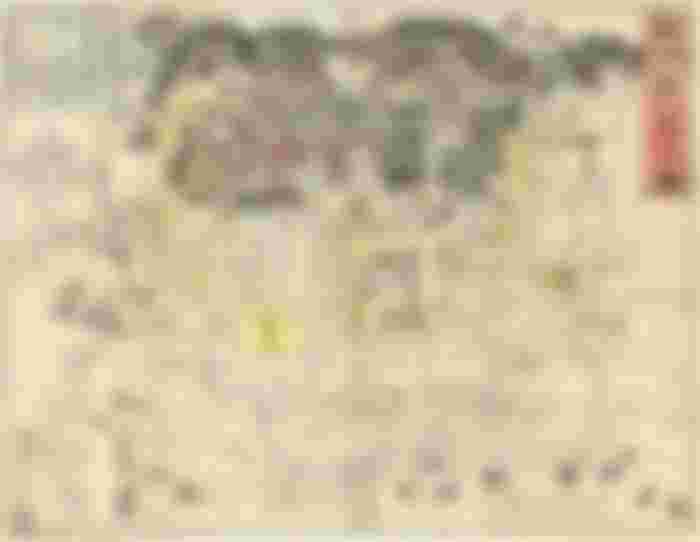

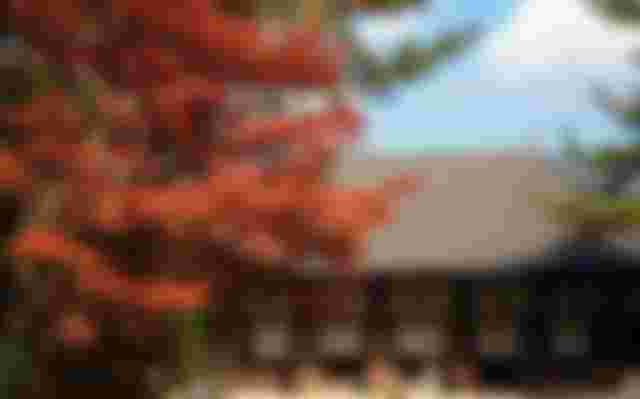

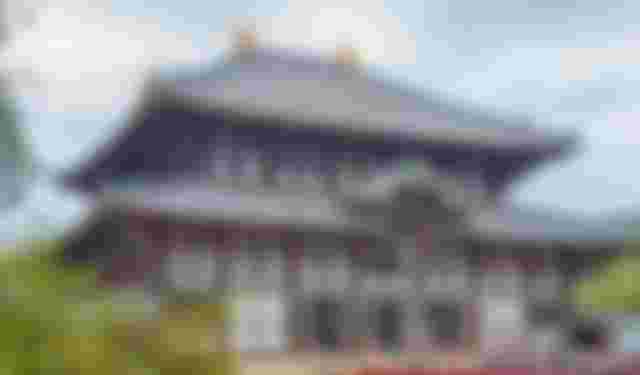




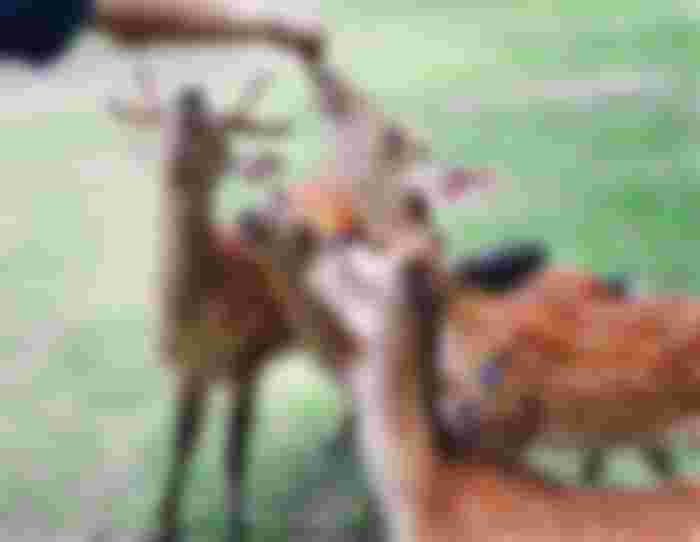
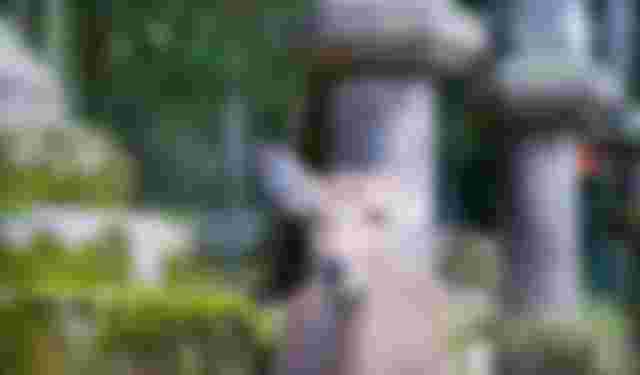




Hello this article is written in a beautiful manner. The pictures are a good addition too as you describe the place. Now im just wondering why you didnt approve my post about bicol province when its about travelling?? #genuinelyasking. Thank you for your response.